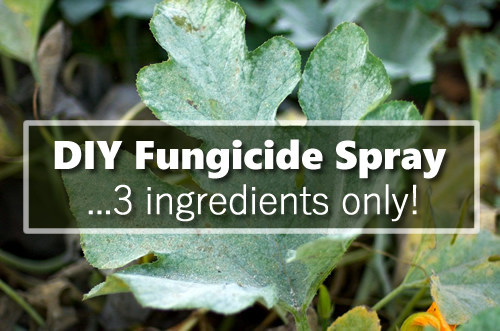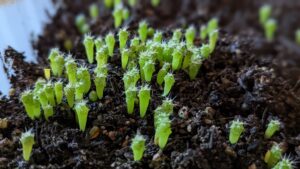Taking care of cactus plants involves a delicate balance between providing proper nourishment and protecting them from various ailments, including fungal infections. While these resilient plants can often withstand difficult conditions, they can also fall victim to diseases if not properly maintained. The application of fungicide spray can be a proactive measure to maintain the health of your cactus. Understanding how to safely utilize fungicide on these unique plants is essential for any cactus enthusiast.
Fungal diseases can affect cacti in numerous ways, leading to unhealthy growth or even demise if not addressed promptly. This guide will explore the intricacies of using fungicide specifically designed for your cactus. We will delve into the types of fungal infections commonly found in these plants, the appropriate fungicide options, application methods, and preventative measures to ensure your cacti thrive.
Knowing the symptoms of fungal infections in cacti is crucial for any grower. Common indicators include discoloration, wilting, and unusual growth patterns. In some cases, you may encounter soft, mushy spots on the cactus body, indicative of rot. Fungal infections, such as root rot or botrytis blight, can wreak havoc on your plants if left unattended.
Addressing these infections with fungicide is a valid strategy. It is essential to distinguish between different fungal afflictions to apply the correct treatment. Various products on the market target specific diseases, making it critical to identify the issue accurately.
When considering your options, there are two primary categories of fungicide: chemical and organic. Chemical fungicides usually consist of synthetic compounds that can effectively eradicate a wide range of fungal pathogens. However, their usage comes with risks, including potential harm to beneficial organisms in the soil or surrounding environment. Alternatively, organic fungicides derived from natural substances, such as neem oil and copper-based products, can offer an eco-friendly solution, often with fewer side effects.
Before heading to the garden center to purchase a fungicide, remember that knowledge is power. Study the ingredients of potential treatments to ensure they are appropriate for your specific situation. If you opt for a chemical fungicide, follow all usage instructions, including the necessary dilutions and timings. Alternatively, if you choose to use organic solutions, try to find a product that carries the Organic Materials Review Institute (OMRI) label, ensuring its suitability for organic gardening.
Once you have settled on a fungicide, the application process can be broken down into several crucial steps. It’s imperative to work in a well-ventilated area, particularly if using chemical products. Prepare your cactus for treatment by inspecting it thoroughly to confirm the presence of fungal symptoms. Next, ensure that the soil is dry, as moist conditions can exacerbate fungal issues and diminish the effectiveness of the treatment.
To apply the fungicide, you can employ various methods such as spraying or drenching the soil. If opting for a spray, make sure to coat the entire cactus surface, including areas that may not exhibit visible signs of fungal growth. This preemptive approach can help eradicate latent spores that may infect healthy tissue. A well-made spray can also deter future infections.
For drenching purposes, mix the fungicide with water according to the product’s label, and then thoroughly water the base of the cactus. This technique is particularly effective for addressing root rot and ensuring that the treatment reaches the root zone, where problematic pathogens often thrive.
As you apply the fungicide, wearing gloves and a mask is advised, particularly with chemical options. After application, monitor your cactus regularly for signs of improvement or further distress. Recovery may not be immediate, but with the right treatment, you should start to see signs of healing within a few weeks.
Prevention is always better than cure when it comes to fungal infections. Maintaining proper watering practices is essential to avoiding the conditions that foster fungal growth. Overwatering is a frequent cause of root rot; therefore, allow the soil to dry completely between waterings. Additionally, provide adequate airflow around your cacti; crowded or overgrown areas can trap moisture and create favorable conditions for disease proliferation.
Another preventative measure is to ensure that your cactus plants are planted in well-draining soil. Opting for a mix specifically designed for cacti and succulents can help facilitate optimal drainage, reducing the chances of waterlogged conditions, which are detrimental for these plants. Furthermore, consider placing your cacti in a spot with adequate sunlight, as higher light conditions can help keep fungi at bay.
In summary, while fungicide sprays can be effective in combating fungal infections in cacti, it’s essential to approach this treatment with knowledge and caution. Understanding the symptoms of fungal diseases and employing solid practices in both application and prevention will ensure your cactus plants remain healthy and vibrant. With proper care, you can successfully manage fungal threats and cultivate beautiful cacti for years to come.





Leave a Comment